Welcome to On the Tudor Trail Tudor Cook! Could you share with us a little about your background and the work you do for Historic Royal Palaces?
I’ve worked for Historic Royal Palaces within the Historic Kitchens for nearly 20 years now. As with the rest of the team, I came to the job via history as a hobby and we have been extremely lucky to turn that into a career. For the last 10 years I’ve been one of the project coordinators for the Historic Cookery and my responsibility seems to be the content of all of the interpretive events…researching and planning the menu’s, working out the shopping needs, allocating workloads etc. all to ensure the best visit for the public whilst keeping as accurate as we can be.
What sparked your interest in Tudor history?
To be brutally honest my interest is a professional one, we investigate Tudor food because we work in a Tudor Palace, I’m sure that if circumstances were different I could be posting as “Georgian Cook”! My main interest was always the medieval period, but that was replaced by the Tudors once I started working at Hampton Court! Fortunately for me, the research into food and recipes isn’t concentrated simply on the Tudor era as we need to be able to place that information in a wider historical context, so I get to dip back into the Middle Ages now and then.
Who are your favourite Tudor personalities and why?
The big names are well known, there’s lots written about them today as there was in the past so it’s the “little” people I’m more fascinated by, the ones we know so little about, perhaps just a name and a job title like Jasper the gardener from Beaulieu/New Hall in Essex, John Brickett the Master Cook of the Household or the staff of the Boiling House, listed simply as “yeoman and two others”. They’re the ones that were just like us, ordinary and plentiful, but we know so little about them.
When were the Tudor kitchens at Hampton Court Palace built? How much of the original kitchens survive?
Parts of the Kitchens date to Cardinal Wolsey’s ownership of the building, but the bulk of it was built for Henry VIII from 1529 -1532. Changes and alterations were made during subsequent reigns to fit with differing cooking styles and scales of food requirements, but overall what you see today when you visit is the layout as it was in Henry’s time.
During Henry’s reign, how many people worked in the kitchens? How were the workers organised?
Around 200 people worked within the Kitchens as a whole, but you need to remember that this was a food factory, not simply a single room as the term kitchen conjures up. 55 rooms, 19 departments all needed staffing so it wasn’t all just cooks.
On a typical day, how many mouths were the kitchens expected to feed? At what times were the main meals taken?
The reason for a staff of 200 within the kitchen is because they had to feed around 600 people, sometimes as many as 1000, twice every day! At Hampton Court, Dinner, the first meal provided was at 10.00 and Supper was at 4.00
Do you have a favourite Tudor dish?
Not really as “favourites” tend to come depending on what we’re working on at the time, roast beef though always goes down well.
In your research into the Tudor Court have you come across any customs, rituals or traditions that you’ve found particularly interesting or peculiar?
Having been looking at the subject for so long now I take most of it in my stride and things that others find unusual and odd don’t register as such for me so it’s a difficult question to think of an answer for. I suppose that the thing I find most interesting is the organization and running of the Kitchens, something that we have an idea of how they did it, but not quite all the details.
What books would you recommend for people wanting to learn more about Tudor food and cooking techniques?
I guess that I should really plug my own book, The Noble Boke of Cokery available from http://stores.lulu.com/tudorcook
What can people expect to see at a live Tudor cookery event?
A group of men in funny clothes cooking old recipes is the simple answer! We’re there to talk to and ask any questions of whilst cooking old recipes, whether that is about the food, the recipes, the clothes, the building, the history, the objects, anything. There will be the odd thing you can try out like working the spit by the fire to see how hot the job would have been or perhaps grind up some of the spices that you may not recognize, you can find out a little about table manners and etiquette or simply discover how similar to most of the food we enjoy today the recipes actually are.
You are having a dinner party and can invite four people from the Tudor period to dine with you. Who would you invite and why?
Pero, Henry’s personal cook and John Bricket the Household cook as well as one of his 33 staff to find out what they actually did and Henry VIII, because you have to don’t you?
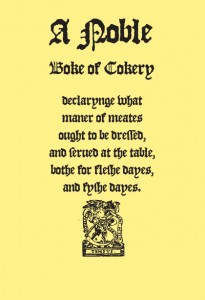







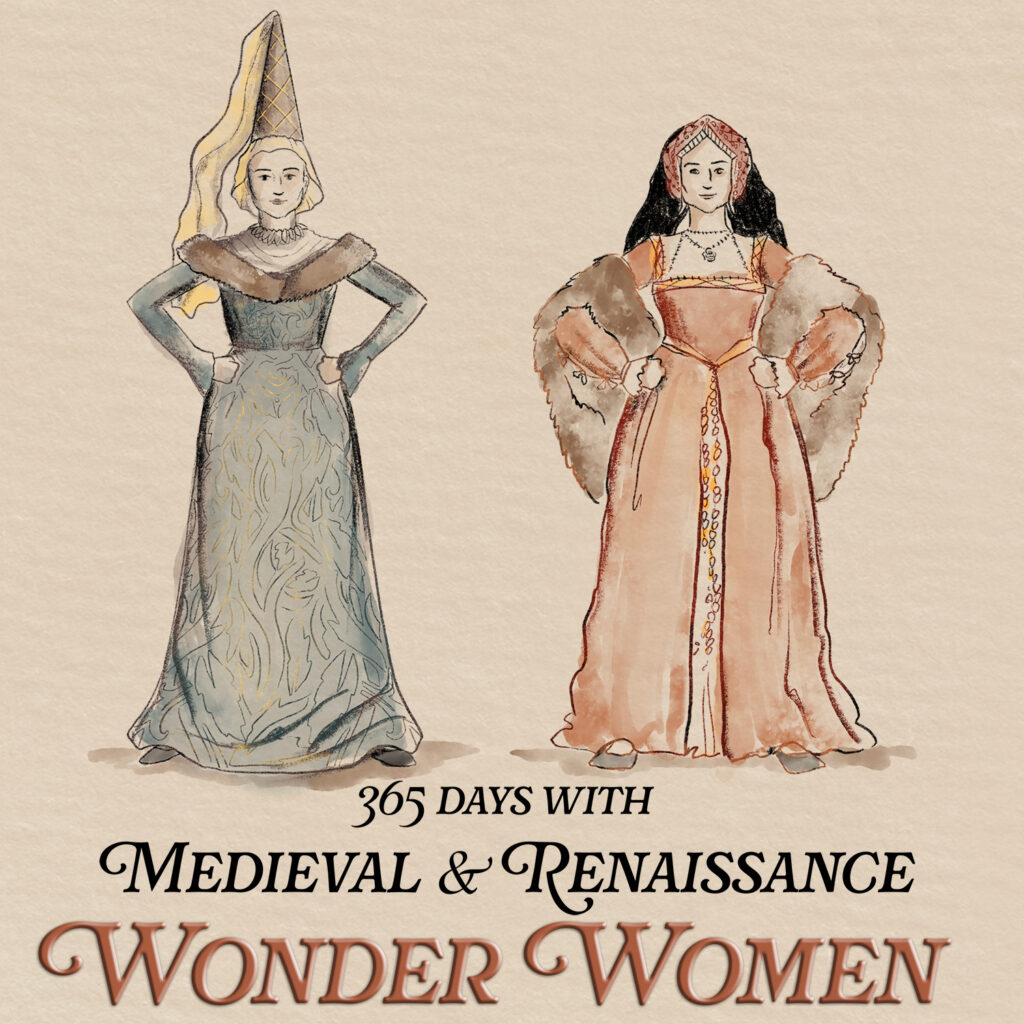

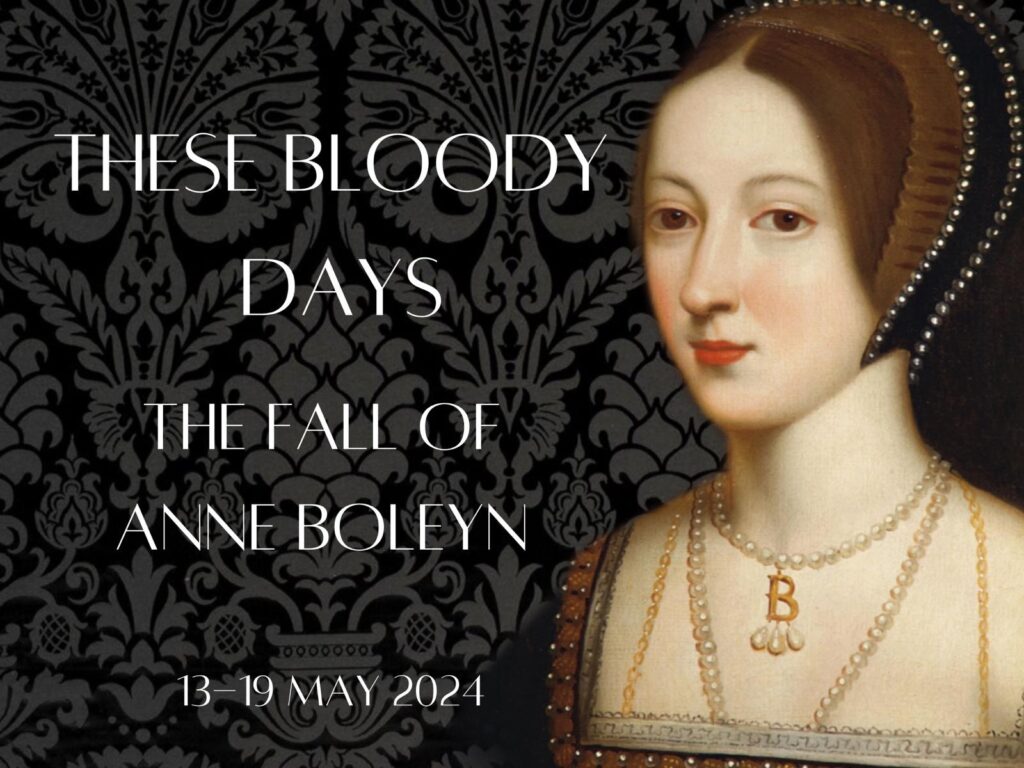
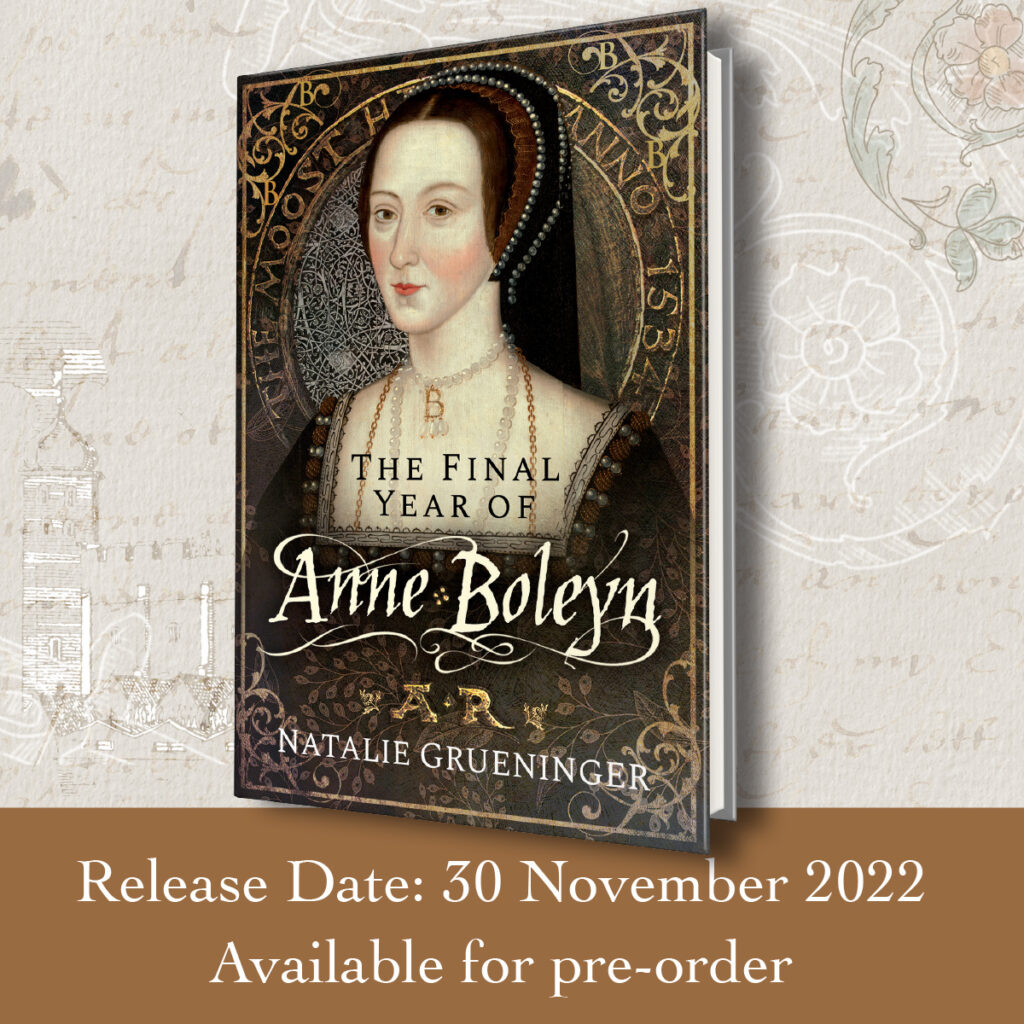
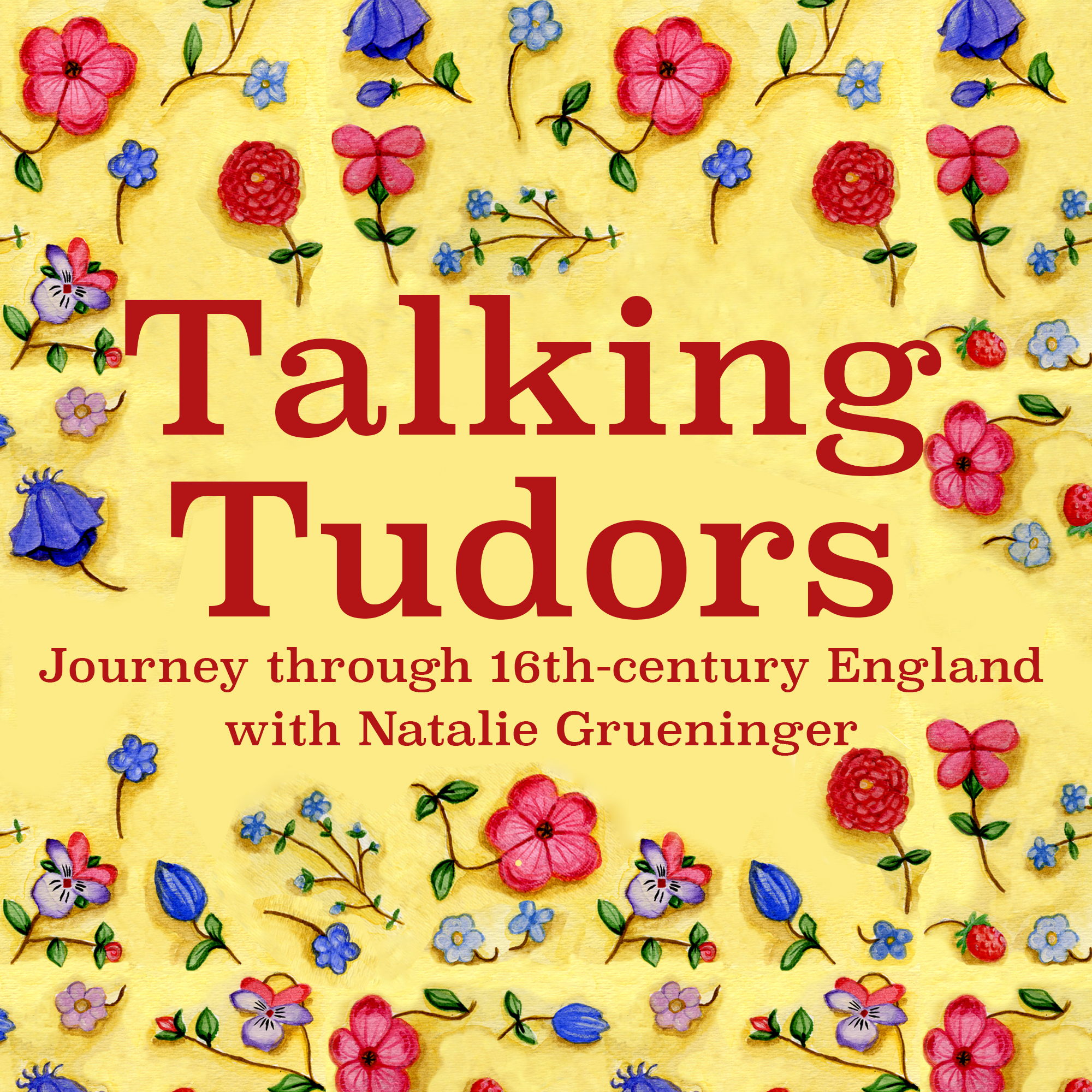

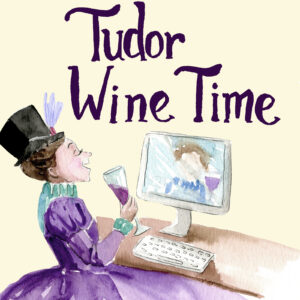
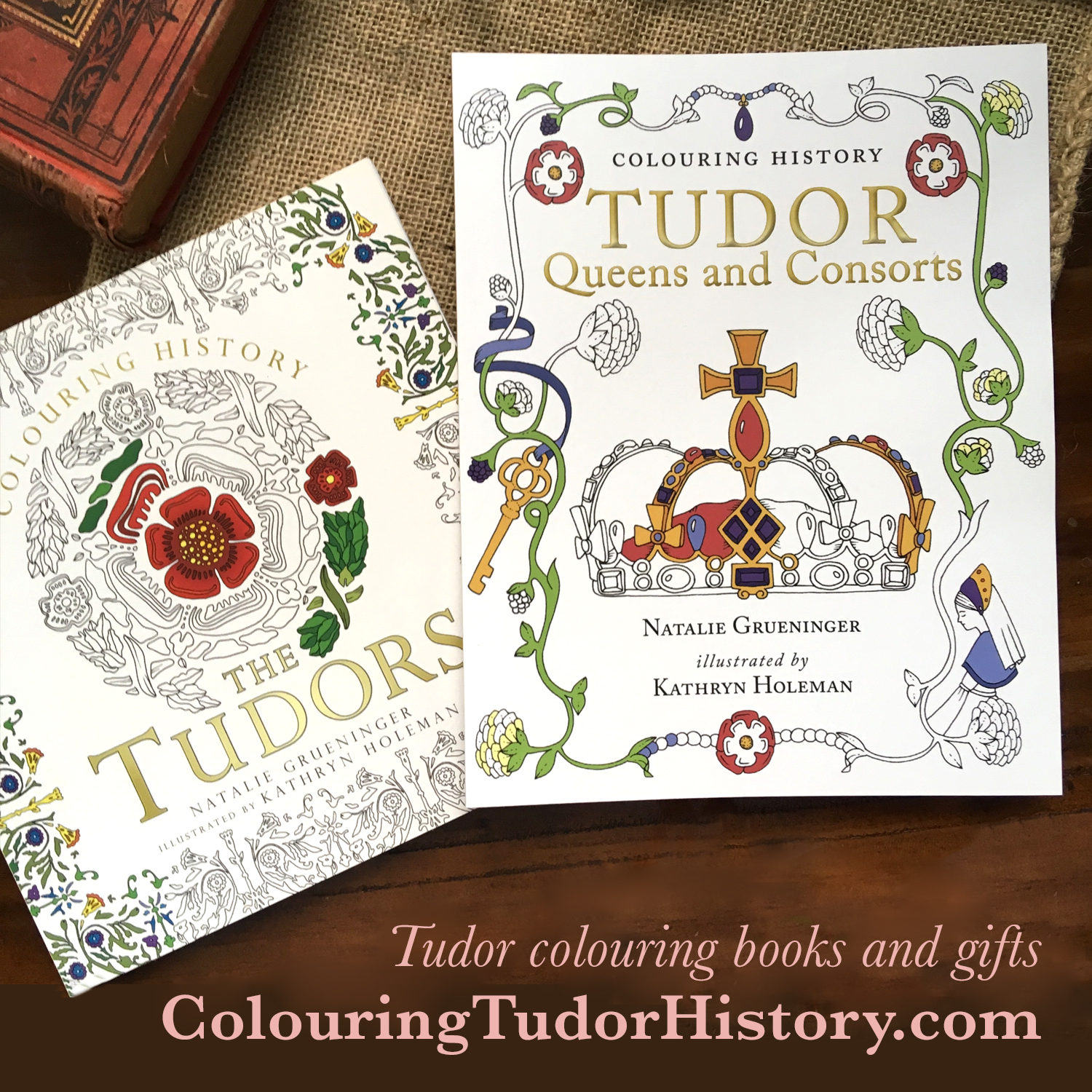

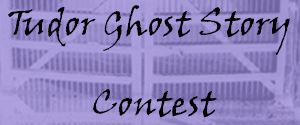

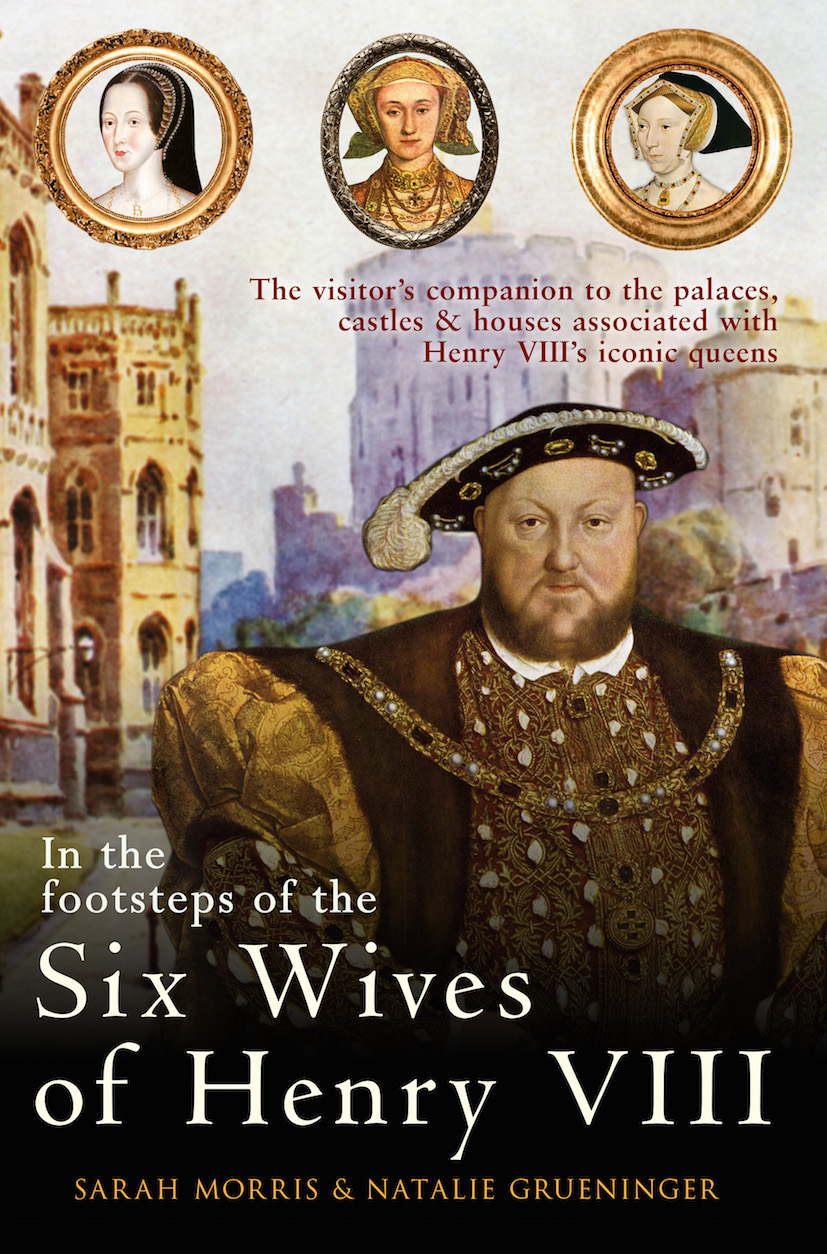
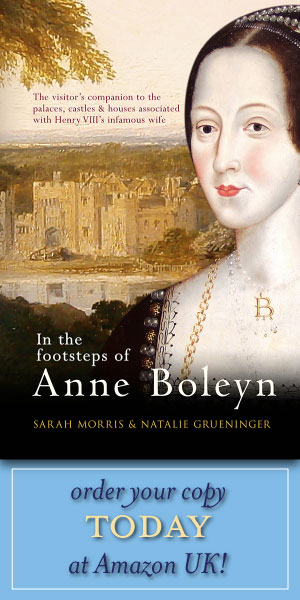


Leave a Comment